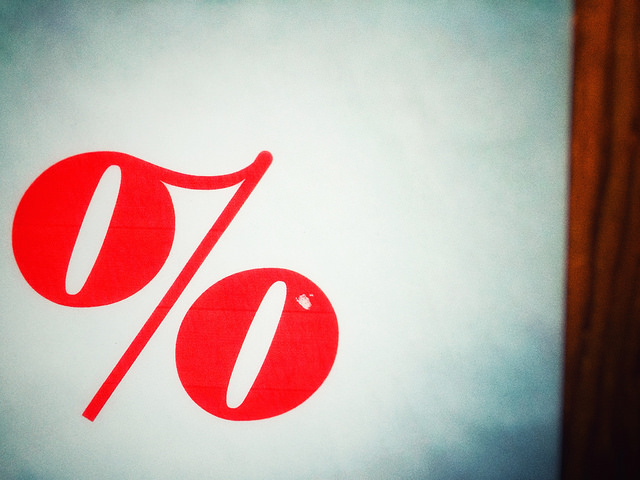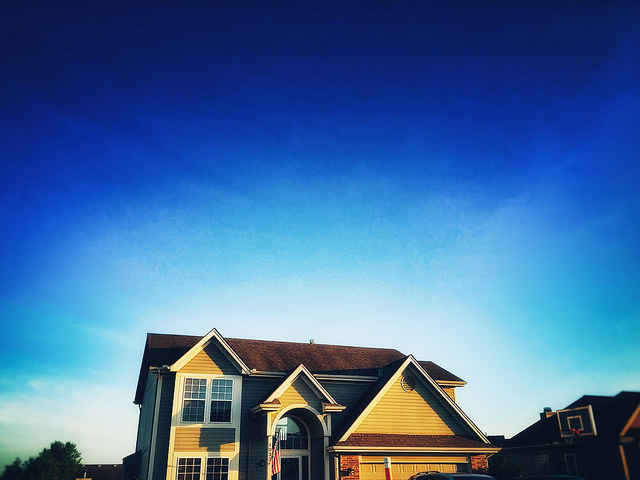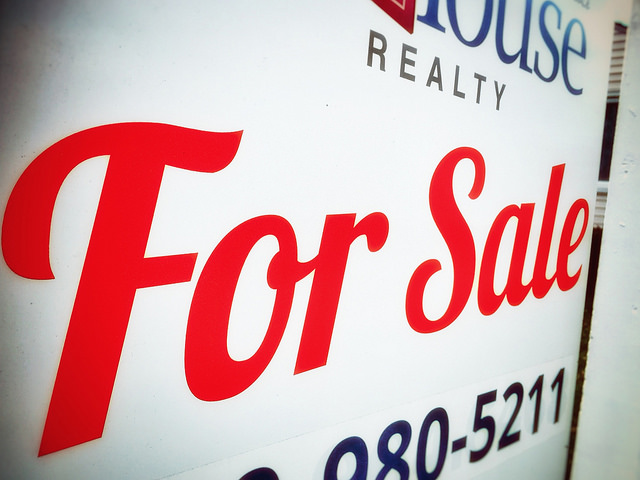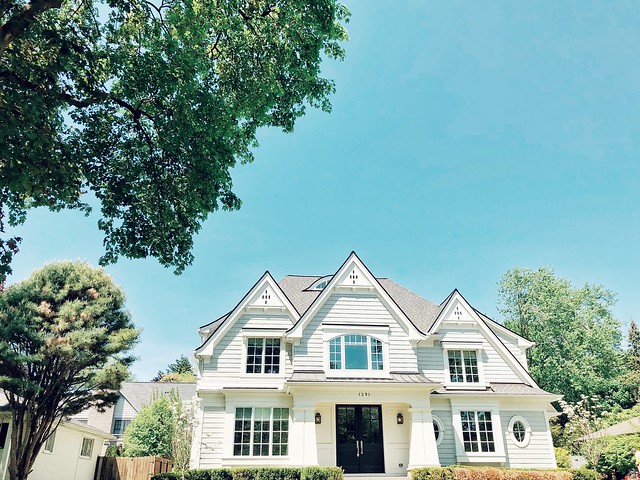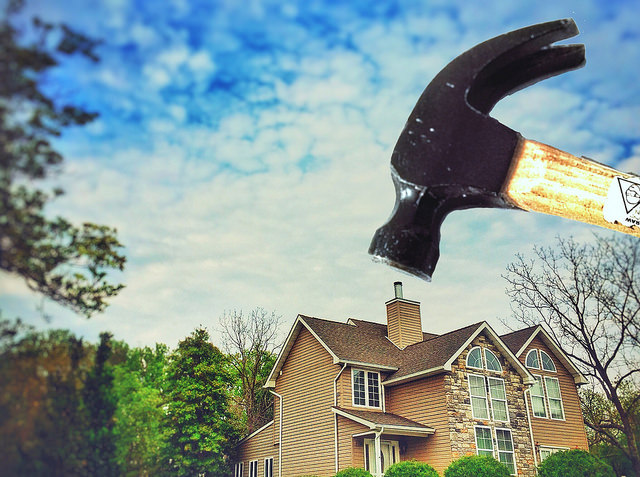Choosing a house to buy takes a little bit of vision. After all, it’s easy to know what you want in a home today, but more difficult to know for sure what you’ll want years from now. Things change and your life will undoubtedly take some unexpected twists and turns. But just how long should you expect to live in the house you buy? Well, according to ATTOM Data Solutions’ Q1 2019 U.S. Home Sales Report, homeowners who sold in the first quarter of this year had lived in their home an average of 8.05 years. For comparison, that’s close to double what it was prior to the housing crash, when homeownership tenure averaged 4.21 years. In short, you’re likely going to spend close to a decade in the house you buy. That means, home buyers need to be thinking of, not only what they need from a house today, but also what they hope and plan for over the next several years. More here.




